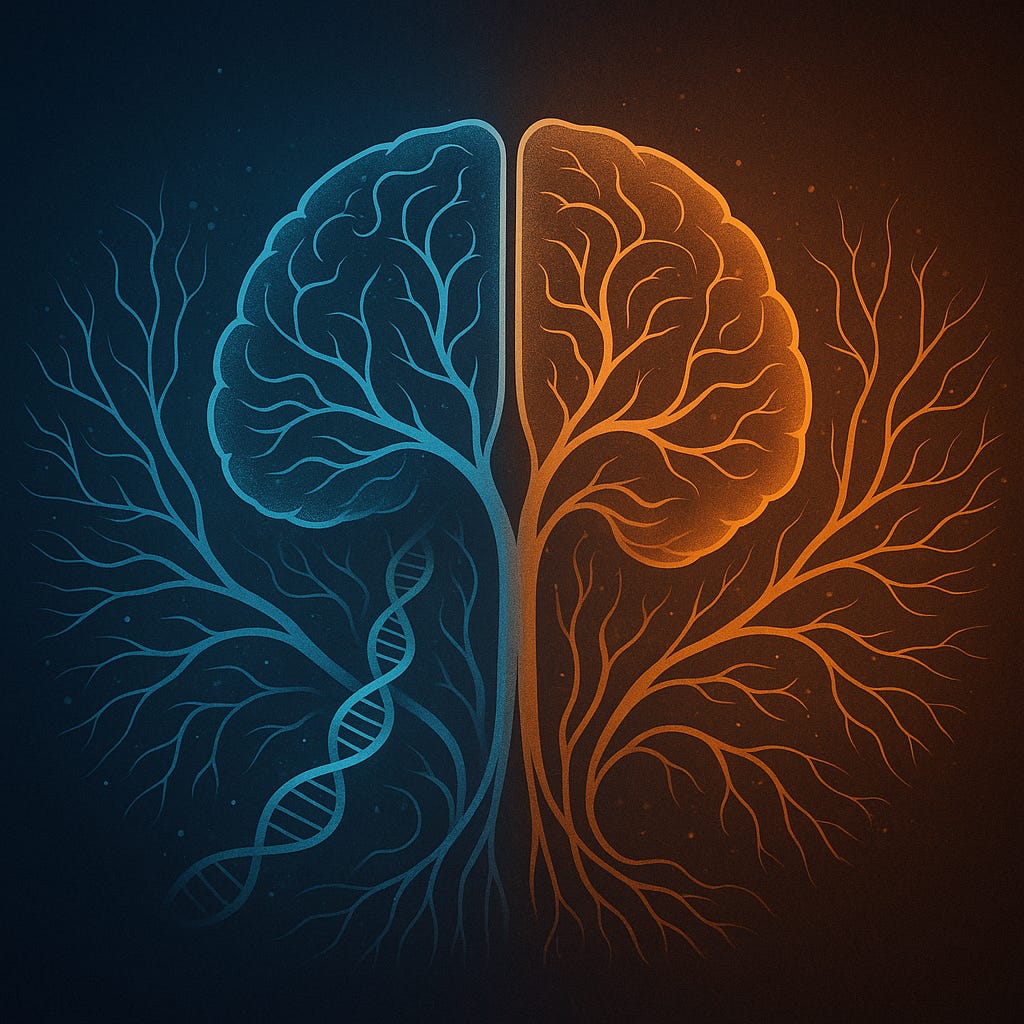Early vs Late Autism Diagnosis Reveal Distinct Genetic Paths
New findings from Cambridge University suggest autism may represent multiple neurodevelopmental conditions, not a single disorder.
A large international study finds that autism diagnosed in early childhood differs genetically and developmentally from autism identified later, suggesting distinct biological pathways that challenge the view of autism as one uniform condition.
Study Details:
Researchers from the University of Cambridge analyzed data from over 45,000 individuals across mu…
Keep reading with a 7-day free trial
Subscribe to Just Healthcare to keep reading this post and get 7 days of free access to the full post archives.


